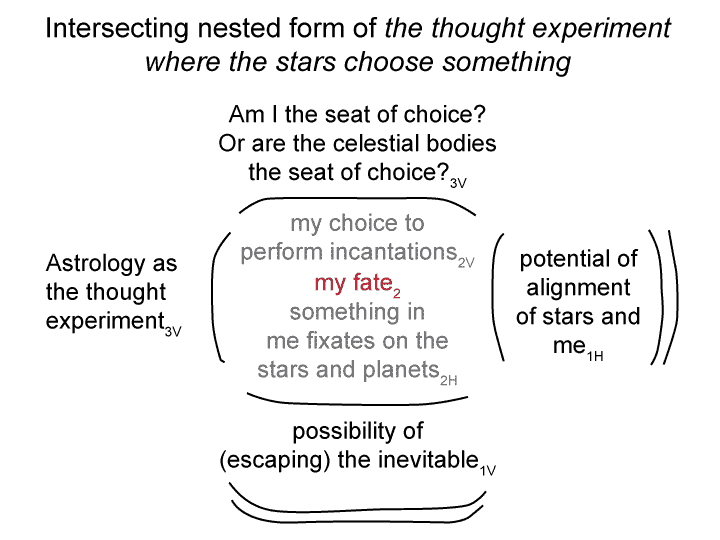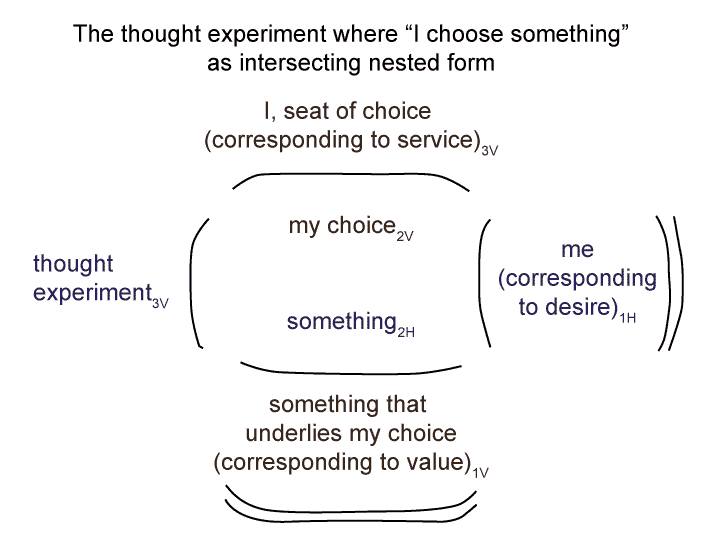Man and Sin by Piet Schoonenberg (1964) 2.3 WZ
[I proposed 2 two-level interscopes so far:
- The psychology of the person created in the image of God
- The thought experiment where ‘I choose something’
The concept of co-oppositions first appears with this model.]


